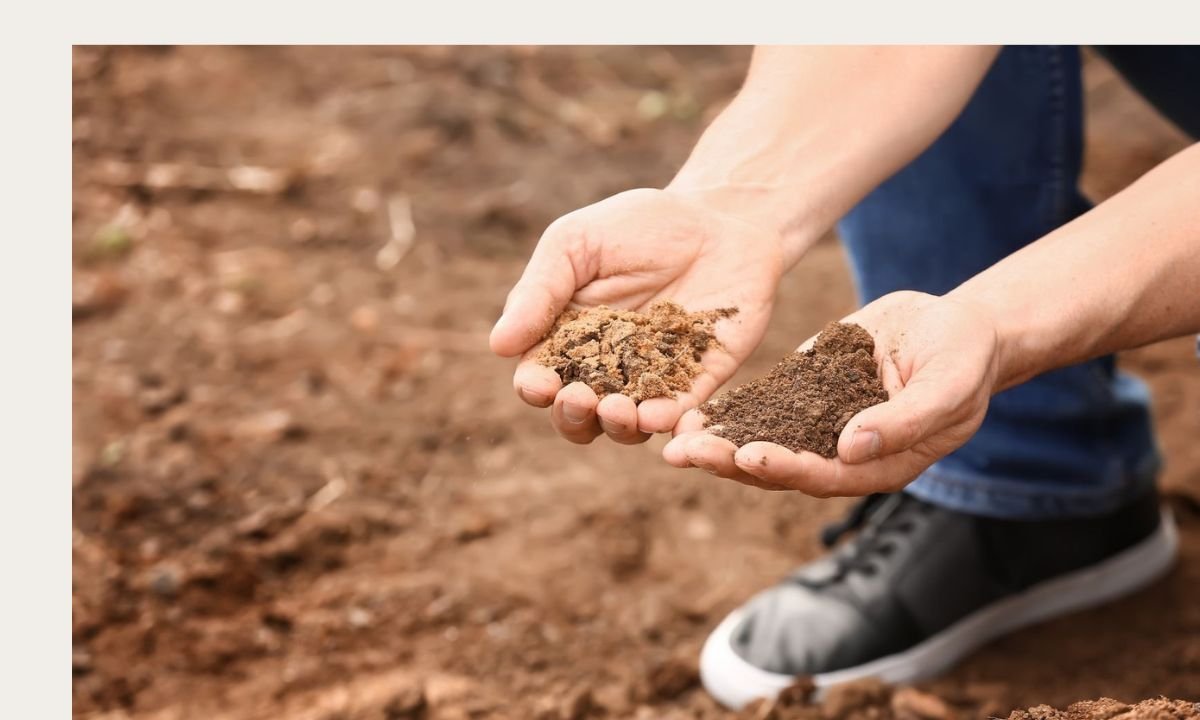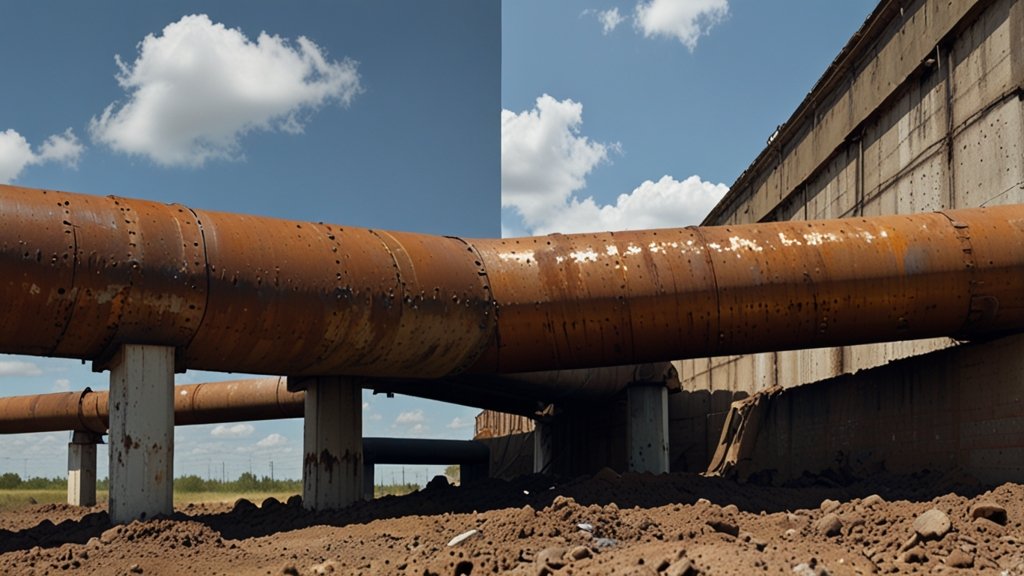Erosion can be an environmental challenge, especially for those managing landscapes, gardens, or outdoor spaces. Whether you’re an environmental enthusiast planning a personal project or a landscaper working on a larger scale, mitigating soil movement naturally is both a sustainable and effective approach. This blog explores natural solutions to prevent soil erosion and maintain the stability of your landscape.
Why Is Preventing Soil Movement Important?
Erosion doesn’t just rob your soil of essential nutrients; it also leads to landscape instability, floods, and pollution in nearby water bodies. Traditional solutions often involve artificial materials, but natural methods are gaining traction for their eco-friendliness and long-term effectiveness. A well-thought-out erosion management strategy ensures your landscape remains fertile, aesthetic, and sustainable over time.
Top Natural Solutions for Controlling Soil Erosion
1. Vegetative Cover
Plants are nature’s antidote to soil erosion. Grass, shrubs, and trees create a natural barrier against wind and water while their roots anchor the soil firmly in place. Consider these strategies for vegetative cover:
- Ground Covers
Ideal for areas prone to erosion, ground covers like clover, ivy, or creeping juniper spread quickly and provide a protective layer.
- Native Plants
Choose plants native to your region. They typically have well-adapted root systems and require less maintenance, making them a sustainable choice.
- Grass Seedings
For large open spaces or slopes, grasses can grow quickly to stabilize the area.
2. Mulching
Mulch is not just great for aesthetics; it’s also a powerful soil-protecting agent. Organic mulch, such as bark, shredded leaves, or straw, reduces the impact of raindrops on soil, minimizing erosion. Plus, as it breaks down, it enriches the soil with nutrients.
To maximize its benefits:
- Apply a 2–3 inch layer on top of the soil.
- Focus on areas around plant roots or areas where water tends to collect and cause runoff.
Mulching is particularly effective for construction or landscaped areas that need temporary soil stabilization.
3. Contour Farming and Terracing
For sloped areas, contour farming and terracing can revolutionize how you manage erosion.
- Contour Farming: This involves plowing along the natural contours of a slope, effectively slowing down water flow and preventing soil from washing away.
- Terracing: Create step-like structures supported by vegetation or physical barriers. By slowing water movement, terracing reduces the erosive force of runoff and fosters soil stability.
4. Rain Gardens and Drainage Solutions
Rain gardens serve as a natural sink for water runoff. Planting deep-rooted native plants in low-lying areas allows them to absorb water efficiently while reducing erosion.
For larger landscapes, efficient drainage systems work wonders in directing runoff away from sensitive areas. Combining channels, rain gardens, and other water management techniques ensures minimal disruption to the surrounding soil structure.
5. Build Rock Retaining Walls
When erosion occurs on steeper slopes, natural barriers like rock retaining walls protect against soil displacement. By stacking rocks strategically, you can create a solid boundary that anchors the soil in place. These walls are highly functional and can double as an attractive design element within your landscape.
If you’re looking for the best solutions, a rock retaining wall in West Valley City offers a perfect example of how functionality meets natural aesthetics in maintaining soil stability. Not only does it effectively prevent erosion, but it also creates a visually appealing structure for outdoor spaces.
6. Cover Crops
Cover crops, such as legumes, clover, and rye, play a dual role in preventing erosion. Their roots stabilize the soil, while their foliage shields the surface from heavy rains. When integrated into crop rotations, they also enrich the soil with nutrients, boosting agricultural productivity naturally.
7. Coir Logs
Coir logs, also known as erosion control logs, are biodegradable cylinders made from coconut husk fibers. They’re eco-friendly and easy to install along slopes or areas where extra reinforcement is required. Over time, they naturally decompose, adding organic matter to the soil while supporting plant growth in their place.
8. Riparian Buffers
For streams and rivers near your property, riparian buffers act as a safeguard against soil erosion. These are strips of vegetation planted along waterways, helping filter runoff, stabilize the bank, and reduce water pollution. Native trees and shrubs are most effective for this purpose.
Tips for Successful Implementation
- Evaluate Your Soil Health
Not all soil types respond the same way to erosion control measures. Understanding the pH, moisture levels, and texture of your soil helps select the most effective natural solution.
- Monitor and Maintain
Natural erosion measures require regular upkeep, especially in the early stages. Ensure plants are thriving, mulch layers remain intact, and barriers are secure.
- Combine Methods
Many of the solutions mentioned above work best in tandem. For example, pairing vegetative cover with a rock retaining wall offers dual-layer protection.
Ensuring Long-Term Success with Sustainable Practices
Erosion control goes beyond preventing soil loss; it’s a commitment to sustainable environmental stewardship. By adopting natural methods, you not only protect precious land but also support biodiversity, improve water quality, and create resilient ecosystems.
If you’re planning a landscaping project or simply want advice on better soil-stabilizing solutions, consider blending some of the above practices. For tailored solutions, consulting professionals or exploring region-specific options can also make a significant difference.
Whether it’s planting trees, adding a rock retaining wall in West Valley City, or using advanced water drainage techniques, small actions can have a big impact on the environment.











